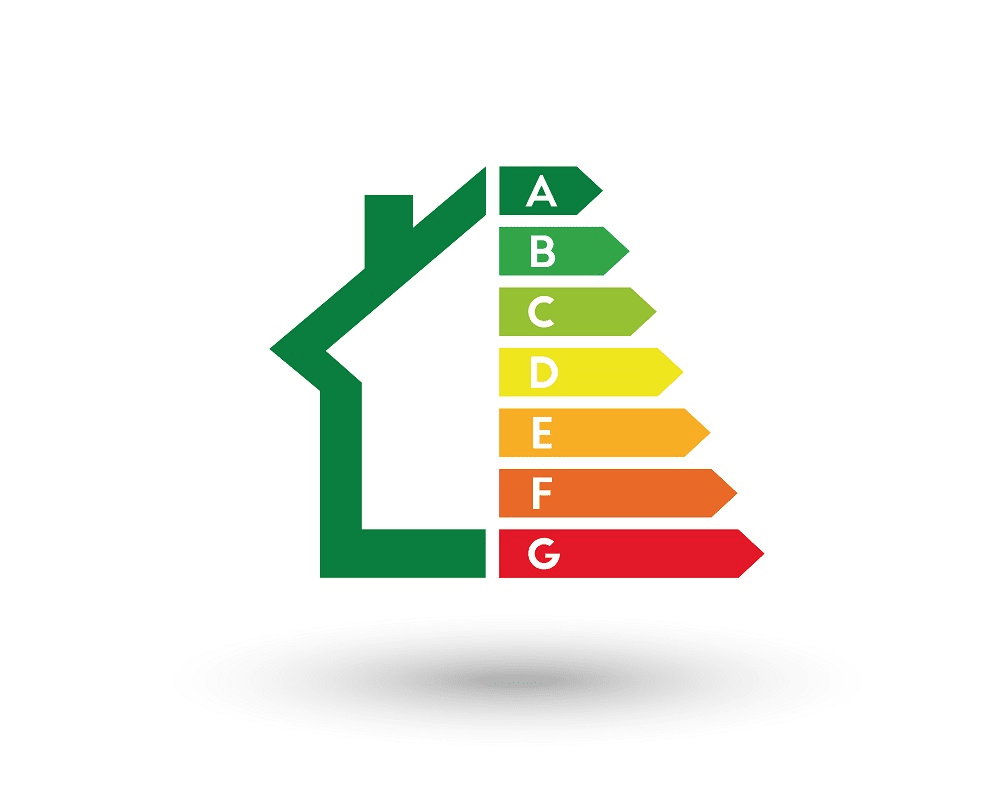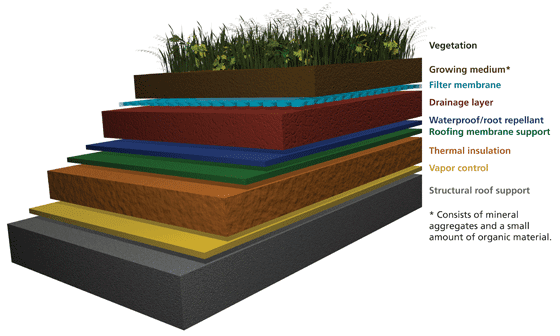Green construction


· 7 min read
Eco-friendly materials, energy-efficient technologies, green development, and environmental responsibility — the construction industry keeps up with sustainable trends in the global economy.
The UN’s State of the Buildings report, published in 2022, found that operational CO2 emissions from the construction sector had increased to 10 gigatons, a pre-pandemic peak. By 2060, the use of raw materials will double again, with the main source of greenhouse gas emissions being the production of steel, cement, and concrete.
There are even more frightening figures: about 40% of energy demand in Europe comes from the construction and building maintenance sectors.
Most European countries have long been building according to so-called “green” standards and are trying to create oases in the concrete jungle of megacities — for example, using green roof technologies.
Green building is a special approach to the construction and operation of buildings that reduces the harmful impact on the environment through thoughtful use of materials and resource efficiency.
And speaking even more broadly, it is the philosophy of a comfortable and safe urban environment, where not only the physical but also the psycho-emotional health of a person will improve. This can be achieved through modernizing infrastructure, landscaping areas, clearing and restoring water bodies, purifying the air, and other similar measures.
By the way, the topic of a comfortable urban environment is becoming increasingly relevant in connection with the global trend towards urbanization. While approximately 751 million people lived in cities in the 1950s, today there are 4.2 billion people.
The founder of the humanistic approach to the design of megacities, the Danish architect Jan Gele, defined the principles of a favorable urban environment, including, in particular, the accessibility of public green areas for citizens and the desire to travel as much as possible on foot, by bicycle or by public transport.
Experts identify several key parameters of green building:
use of building materials manufactured with minimal harm to the environment;
a responsible approach to the selection of land for construction, which takes into account the density of buildings, as well as the accessibility of public transport and electric car service;
the energy efficiency of buildings, the use of modern engineering solutions;
protection from harmful influences, proper organization of waste storage and removal;
landscaping, the presence of parks, water features, bicycle paths;
water and air quality control.
Energy efficiency of buildings: why is it so important
According to experts, about half of the total CO2 emissions in our country come from heat and light — and this is not only the needs of industry, but also the heating and lighting of residential buildings. But thanks to modern technologies, resource consumption can be significantly reduced.
Today, special signs with the Latin letters A++, A+, A, B, C, D, E, F, and G are increasingly appearing on the facades of new buildings. These indicate how well the house consumes heat and electricity. It is considered that A is very good (up to 40–50 percent savings), and G is very bad (50 percent losses).

What is the essence of energy efficiency? The main task is to consume fewer resources and at the same time maintain a comfortable temperature in the apartments. That is, do not heat more in the cold, but insulate the house in such a way that this does not have to be done. An important role here is played by the design features of the house, the building materials used, and engineering equipment.
What increases the energy efficiency of a home:
installed water meters;
valves on batteries that allow you to regulate the temperature;
double-glazed windows with strong seals;
façade insulation;
energy-saving lamps and lighting sensors;
variable flush toilets and motion sensor faucets in bathrooms and kitchens;
an individual heating point that delivers thermal energy from the boiler room to intra-house communications.
In Germany, in the mid-90s of the last century, Passivhaus (“passive house”) technology appeared, combining various energy-saving methods. In essence, this is a comprehensive construction concept, the building’s compliance with which is confirmed by a certificate.
A passive house is designed to minimize heat loss through the building’s design features, effective thermal insulation, and the use of renewable energy sources. Even in cold weather, it has enough heat, which is released from people and working household appliances. For a building to receive a certificate, it is necessary to document its compliance with standards at all stages of construction: from preliminary design to commissioning of the building; In this case, both the order of work and the materials used are taken into account.
Landscaping is one of the most important points of green construction. But not always in a metropolis with an already formed layout, developed infrastructure, and transport network there is a place for park areas and full-fledged ecological spaces for recreation. The solution to the problem can be landscaping the roofs and walls of residential or office buildings.

Greening the roof is a global trend; it has long been used in Europe, the USA, Japan, and China. Perhaps the most effective approach to the issue was in the capital of Great Britain, where they conducted several studies to assess the impact of greening on the economy. The data speaks for itself: up to a billion pounds can be saved on healthcare by improving the environmental situation — people simply get sick less.
With the help of green roofs, several problems in large cities can be solved at once:
heating and air conditioning costs for buildings are reduced by approximately 20 percent;
the cost of maintaining the roof covering, which is destroyed by ultraviolet radiation and mechanical damage, is reduced, and its service life is extended by 2–3 times;
noise insulation costs are optimized since green spaces protect from noise penetration both inside and outside the building;
the soil layer and living plants absorb a wide range of electromagnetic radiation that is harmful to the health of residents;
due to the slow evaporation of absorbed rainwater, natural humidity is maintained, which creates a healthy microclimate;
atmospheric precipitation water is retained, thereby reducing its peak discharge, which means reducing the load on the city’s storm sewer system;
the same atmospheric precipitation is cleared of dust/chemical contaminants and enters the environment safely;
the plant layer retains about 20 percent of dust and harmful substances contained in the air;
landscaping creates additional open space that can be used as a recreation area for citizens;
green roofs have the potential for the development of small businesses: cafes, sports and children’s playgrounds, yoga classes, and so on.
It is cheaper and more correct to immediately design a green roof with the necessary infrastructure, depending on how it will be used.
In the US and Europe, it is more profitable for developers to build energy-efficient buildings because they receive subsidies for this. But people themselves should be interested in buying “green” real estate, experts say because this is not only about caring for the environment but also a long-term investment in their health.
Moreover, today, even in large cities, eco-housing is predominantly luxury real estate. And most young people — representatives of Generation Y and Z — who support the principles of ESG and would like to live in such houses, simply cannot afford it.
Future Thought Leaders is a democratic space presenting the thoughts and opinions of rising Sustainability & Energy writers, their opinions do not necessarily represent those of illuminem.
illuminem briefings

Corporate Governance · Adaptation
illuminem briefings

Wellbeing · Architecture
illuminem briefings

Architecture · Sustainable Living
World Cement

Circularity · Architecture
The Guardian

Climate Change · Architecture
Fibre2Fashion

Carbon · Fashion